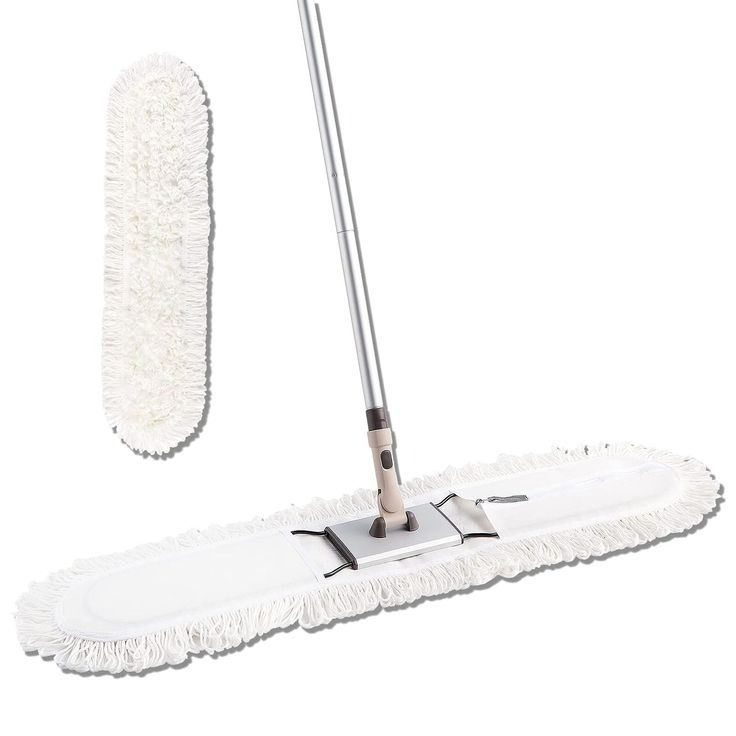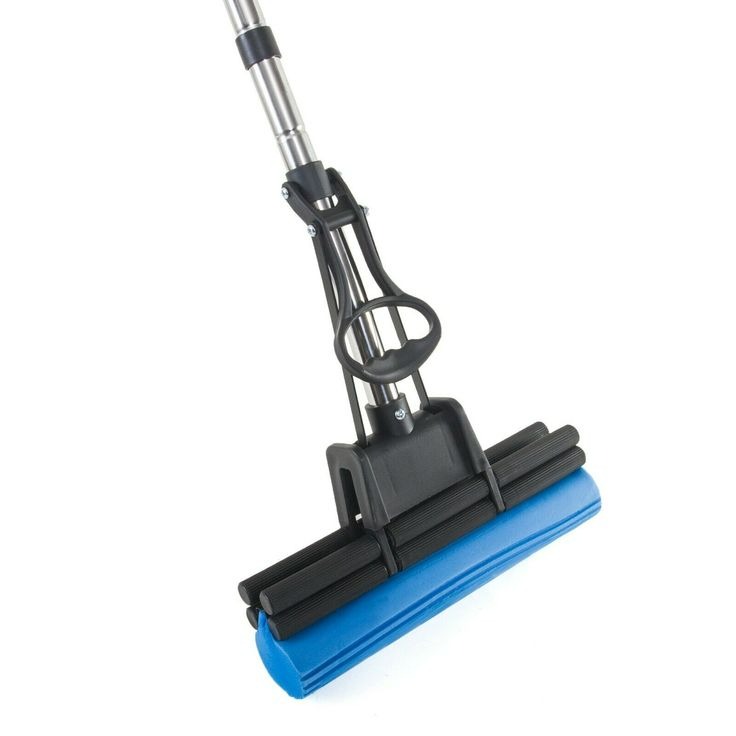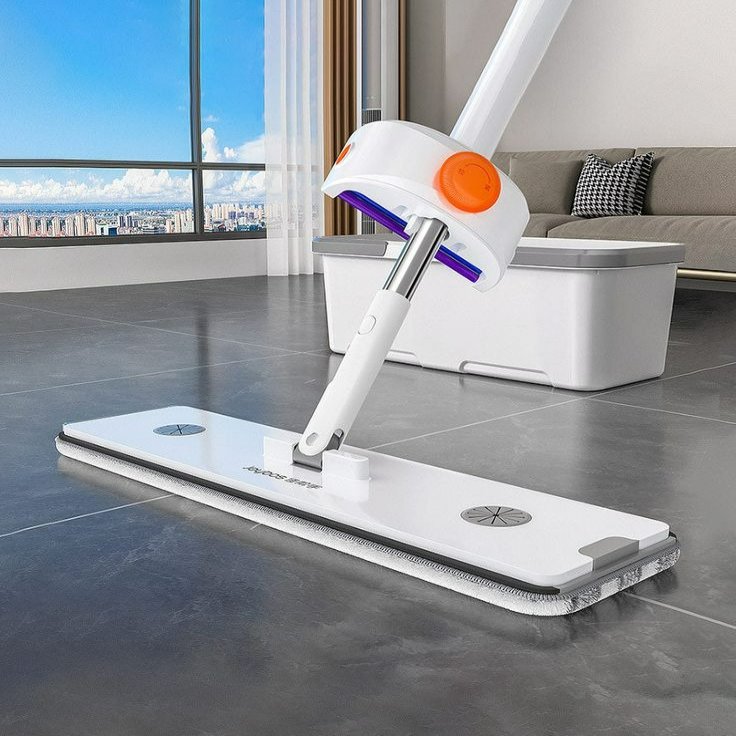Evolution of Mop Wringer Design
Cleaning has come a long way, and mop wringer design is a testament to that. In the early days, mopping was a manual task. It involved dunking mops into buckets and wringing them by hand. This method was tiring and inefficient. As time went on, the need for better methods became clear. Inventors began to experiment, leading to the first mop wringer mechanisms. These early designs were simple. They used manual presses to squeeze water from the mop. These presses often were part of the mop bucket, operated by a foot pedal or a hand lever.
Later versions introduced more comfort and efficiency. Ergonomic designs started to emerge. They aimed to reduce the effort needed to wring out mops. Some included gears and pressure plates for greater wringing power. Others offered splash guards to keep water from spilling during the wringing process. The materials used in mop wringers also evolved. Metal parts gave way to durable plastics and other corrosion-resistant materials. This change meant wringers became lighter and lasted longer.
Nowadays, modern mop wringers are more innovative still. They boast advanced features like adjustable pressure controls. This lets users set how tightly the mop gets wrung out, depending on the task. There are high-tech materials that resist bacteria growth. This advancement helps maintain hygiene in cleaning environments. All these changes over the years reflect a focus on user-friendliness and efficiency in cleaning tasks.

Key Features of Modern Mop Wringers
Modern mop wringers come packed with features that cater to diverse cleaning needs. Here are some key characteristics that define these innovative cleaning tools:
- Adjustable Pressure Control: Users can customize the wringing strength. This is important for different types of floors and varying levels of moisture.
- Ergonomic Design: They have been refined for comfort. Handle grips and levers are now designed to minimize hand fatigue and strain.
- High-Quality Materials: New wringers use materials resistant to corrosion and bacteria. This ensures longevity and helps maintain a clean, hygienic cleaning environment.
- Splash Guards: A common feature in the latest models, this prevents water from splashing out. This keeps the user dry and prevents additional messes during the cleaning process.
- Mobile and Lightweight: Contemporary wringers often come attached to mop buckets with wheels. This makes them easy to move around without heavy lifting.
- Easy to Clean: Mop wringers are now easier to disassemble and clean, which helps in maintaining a sanitary work environment.
These features combine to make mopping less of a chore and more efficient. When investing in mop wringers, look for these innovations to ensure you’re getting a product that can handle your cleaning tasks effectively.
Types of Mop Wringers Available in the Market
As you explore mop wringer options, you’ll encounter a variety of types designed to cater to specific needs. Understanding the differences between them can help you make an informed decision. Here are the common types of mop wringers found in the market:
- Side Press Wringer: This type uses a lever on the side to press the mop against a wringer plate to squeeze out water. It’s widely used because of its simplicity and effectiveness.
- Down Press Wringer: With this type, you push a handle downwards to exert pressure onto the mop head. It often provides a drier mop and requires less physical effort than the side press.
- Funnel-Type Wringer: This kind compresses the mop inside a cone or funnel-shaped wringer. It’s less common but can be very efficient in wringing out moisture.
- Roller Wringer: This design uses rollers to squeeze water out of the mop head. While not as prevalent, it suits smaller mops or household use.
Each type of mop wringer has its own set of advantages. When picking a mop wringer, consider the type of environment you will be cleaning in, the size of the area, and your personal ergonomic needs. For instance, a side press wringer could be handy for quick, routine tasks, whereas a down press wringer might work better for larger spaces with more demanding cleaning needs.
Incorporating one or more types of mop wringers into your cleaning arsenal can lead to more effective and efficient cleaning. Remember to look for the key features mentioned earlier to maximize the benefits of using these innovative tools.

Benefits of Using Advanced Mop Wringers
Enhanced cleaning with modern mop wringers brings numerous benefits. Below are some advantages users can expect:
- Increased Efficiency: Advanced wringers squeeze out more water, reducing drying time.
- Ergonomics: Improved designs mean less strain on the user, preventing injuries.
- Hygienic: High-tech materials reduce bacterial growth, keeping environments healthier.
- Consistent Results: Adjustable pressure controls ensure the same level of dryness every time.
- Time Saving: Quicker wringing speeds up the cleaning process, saving valuable time.
- Cost Effective: Durable materials extend the life of the wringers, cutting long-term costs.
These benefits highlight how important it is to invest in the right mop wringer. By choosing advanced options, users can tackle cleaning tasks more effectively and comfortably.
How to Choose the Right Mop Wringer for Your Needs
Choosing the right mop wringer is essential for effective cleaning. Consider these factors when selecting:
- Assess Your Cleaning Environment: Is the area large or small? Commercial or residential? The environment determines your mop wringer type.
- Evaluate Mop Size: Larger mops need robust wringers. Smaller, household mops do well with roller wringers.
- Ergonomic Needs: Look for designs that minimize effort and reduce strain. Consider lever placement and ease of use.
- Material Quality: Opt for wringers made from durable, hygienic materials. They last longer and promote a cleaner workspace.
- Mobility: If you move often while cleaning, choose a mop wringer with wheels.
- Adjustability: Adjustable pressure controls are key. They adapt to different floor types and cleaning needs.
- Ease of Cleaning: Ensure the mop wringer is simple to disassemble and clean. This maintains hygiene.
By taking these points into account, you can find a mop wringer that suits your specific cleaning situations. Always balance your personal requirements with the mop wringer’s features for the best result.

Maintenance and Care Tips for Mop Wringers
To keep your mop wringer in top condition, regular maintenance and care are essential. Here are practical tips to extend the life of your device and ensure it continues to perform efficiently:
- Regular Cleaning: After each use, rinse the mop wringer with water. This prevents the buildup of dirt and grime. Check for any muck trapped in the moving parts.
- Inspect for Damage: Look for signs of wear and tear. Replace any broken or worn-out parts promptly to avoid further damage.
- Dry Storage: Store the mop wringer in a dry place. Moisture can lead to rust and degrade materials, even high-quality ones.
- Scheduled Maintenance: Periodically check all components. Make sure gears and pressure plates operate smoothly. Lubricate moving parts if necessary.
- Avoid Overloading: Do not force too much mop into the wringer. Overloading can strain the mechanism and lead to breakdowns.
By following these care tips, your mop wringer will remain a reliable tool in your cleaning arsenal. Regular maintenance not only prolongs the life of your mop wringer but also ensures you get the most out of its innovative features.
The Role of Mop Wringers in Commercial Cleaning
In commercial cleaning, mop wringers are vital for efficiency and hygiene. They play a crucial role in maintaining large spaces like offices, malls, and hospitals. Here’s how they make a difference:
- Speed Up Cleaning Tasks: Mop wringers speed up the wringing process. This allows cleaners to move quickly from one area to the next.
- Enhance Safety: Wet floors are a hazard. Mop wringers help achieve the right dampness. This reduces slip risks.
- Improve Cleanliness: Properly wrung mops prevent excess water and dirt. This helps avoid spreading contaminants.
- Increase Mop Life: Wringers minimize mop damage. They help extend the time before replacements are needed.
- Save Labor Cost: Efficient mopping means less time spent on floors. This can reduce the workforce needed.
In addition, using mop wringers shows a business cares about cleanliness and safety. It also reflects well on a company’s image to customers and employees. Overall, mop wringers are an essential component in commercial cleaning operations.
Future Innovations in Mop Wringer Technology
As technology advances, so does the design of mop wringers. Future innovations will likely focus on increasing efficiency and ease of use. We can anticipate the following developments in mop wringer technology:
- Automation: We may see mop wringers with automated mechanisms. These could make the wringing process hands-free, further reducing effort for users.
- Smart Technology: Mop wringers might include sensors to assess how wet the mop is. Smart systems could then adjust the wringing strength accordingly.
- Eco-Friendly Materials: The push for sustainability is strong. Future designs may use recycled materials or those with a lower environmental impact.
- Improved Ergonomics: Designs that further minimize strain on the body will be key. Handles and foot pedals that adjust to the user’s height could be common.
- Integrated Cleaning Systems: Mop wringers could be part of a complete cleaning system. This system could include soap dispensers or water filtration.
- Compact and Portable: As spaces get smaller, we can expect compact, foldable wringers. Portable designs are also likely to evolve for easy transport.
- More Durable Construction: Technology may allow for stronger yet lighter materials. This would make mop wringers more durable without adding weight.
By keeping an eye on these potential future trends, users and businesses can prepare for the next generation of mop wringers. Investing in advanced technology will continue to improve the efficiency and effectiveness of cleaning routines.
